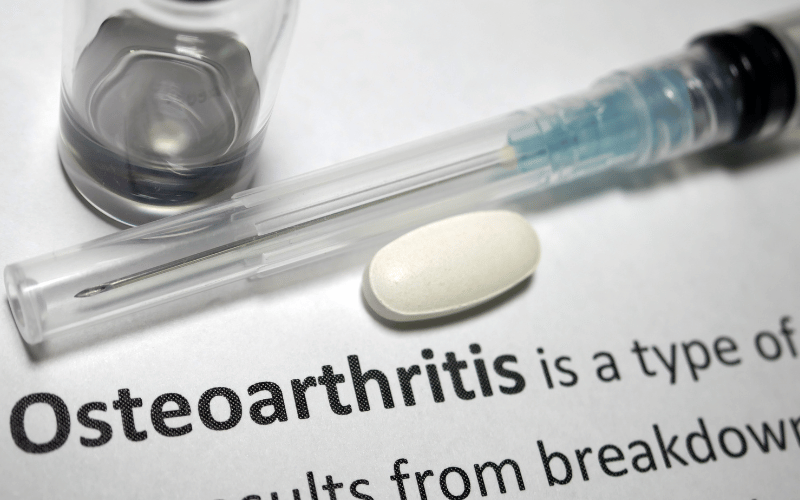Symptom 5: Early Onset Osteoarthritis

Osteoarthritis, often considered a senior citizen’s plight, doesn’t discriminate when it comes to individuals with EDS. While most associate this degenerative joint disorder with the golden years, EDS patients might grapple with it in their younger years, sometimes even in their 20s or 30s. This premature onset isn’t a random occurrence; it’s intricately linked to the very nature of EDS and the unique challenges it presents.
The continuous joint dislocations and subluxations faced by EDS patients aren’t just painful episodes; they leave lasting repercussions. Every time a joint goes astray, the protective cartilage is at risk. Imagine it as the cushioning on your favorite chair slowly wearing off due to overuse. Now, if this chair is used relentlessly, the cushioning will deteriorate rapidly. Similarly, with EDS patients, the cartilage faces consistent trauma, leading to an expedited wear-down, causing bones to friction against one another.
This friction isn’t silent. It screams in the form of pain, declares its presence with stiffness, and hampers everyday movements. Simple tasks like opening a jar or climbing stairs can become monumental challenges. And while the pain might be intermittent initially, as the condition progresses, it can become a constant companion. The joints might even make audible sounds during movement, a phenomenon often termed as “crepitus”.
Like most health conditions, the early bird catches the worm when it comes to managing early-onset osteoarthritis in EDS. Frequent medical check-ups, especially imaging like X-rays or MRIs, are invaluable. They provide a peek into joint health, revealing any degeneration or changes. This early detection is pivotal, not necessarily for a cure, but for intervention. Interventions can range from physiotherapy routines, wearing joint braces to more aggressive measures like surgeries, all aiming to preserve joint function and reduce discomfort.
EDS with osteoarthritis isn’t just a medical diagnosis; it’s a lifestyle. Patients learn the art of adaptation. This could mean switching high-impact exercises like running with gentler ones like swimming. Dietary changes, focusing on anti-inflammatory foods, can also make a considerable difference. And while osteoarthritis might seem like a daunting diagnosis, especially at a young age, with the right tools, knowledge, and support, EDS patients can lead a fulfilling life, celebrating small victories along the way. (5)